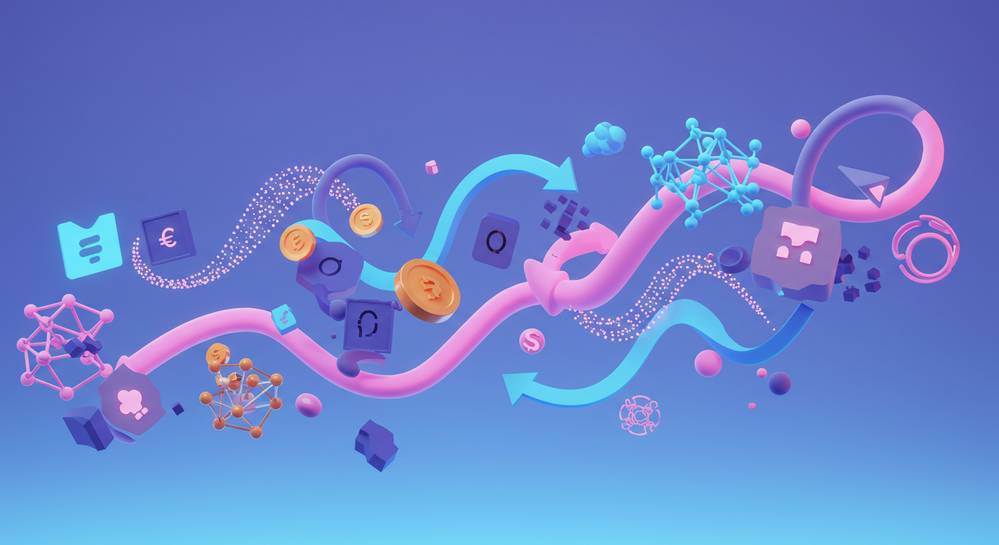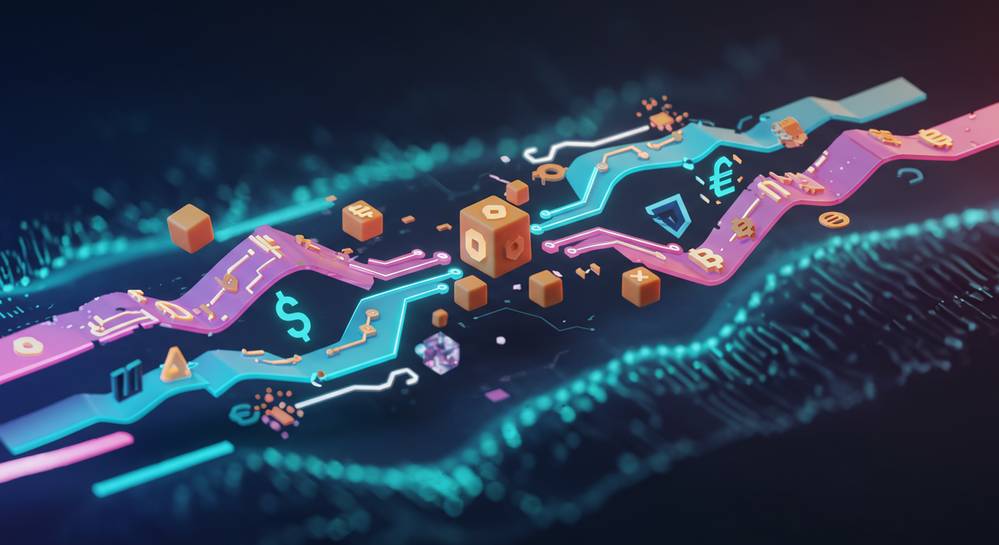Massively Multiplayer Online Role-Playing Games (MMORPGs) have captivated millions, creating expansive digital worlds where players forge their own legends. This genre stands out for its persistent environments, complex social structures, and continuous evolution. This article provides a detailed analysis of MMORPGs, examining their fundamental components, the mechanics that drive player engagement, their historical progression, and the exciting future shaped by new technological advancements. Join us as we explore what makes these virtual realms so enduringly popular.
The Foundational Pillars of MMORPGs

Understanding MMORPG Core Elements
A detailed analysis of MMORPGs reveals their unique foundation. These games thrive on persistent worlds, evolving constantly through player actions and developer updates. This dynamic environment fosters a living ecosystem, where every choice carries lasting impact.
- Persistent Worlds: Unlike linear experiences, MMORPGs offer environments that continue to exist and change. This constant evolution creates a deep sense of history and community, making players feel truly part of something larger.
- Character Progression: The journey from novice to hero drives engagement. Players invest heavily in developing their characters, gaining skills, and acquiring gear. This long-term commitment is a key psychological hook.
- Social Interaction: Collaboration and communication are paramount. Guilds, raids, and player-driven economies build strong social bonds. These interactions often become the primary reason for continued play, reflecting the growing importance of community in the gaming landscape.
- Role-Playing Elements: Players embody characters within rich narratives. This allows for personal storytelling and meaningful choices, shaping individual experiences within the broader game world.
Game Mechanics and Player Engagement
MMORPG Mechanics Driving Engagement
A detailed analysis of MMORPGs highlights intricate game mechanics crucial for long-term player engagement. These systems offer consistent challenge and reward, ensuring players remain invested for thousands of hours. Understanding these core loops is vital for successful game design and player retention.
- Combat Systems: Diverse combat styles, from action-oriented to tactical tab-target, define player interaction. Engaging in both Player versus Environment (PvE) and Player versus Player (PvP) content provides varied challenges and competitive outlets.
- Economic Models: Robust in-game economies, driven by player crafting and trading, add significant depth. This dynamic marketplace, often mirroring real-world economic principles, empowers players through resource management and wealth accumulation.
- Questing and Narrative: Quests serve as the primary guide through expansive worlds. They deliver lore, objectives, and rewards, fostering exploration and a strong sense of adventure. Effective storytelling enhances player immersion.
- Endgame Content: Beyond the main story, a variety of high-level activities sustains interest. Dungeons, raids, competitive PvP, and seasonal events provide continuous goals, preventing player burnout and encouraging sustained participation.
Evolution and Challenges of the MMORPG Genre

A detailed analysis of MMORPGs reveals a genre in constant evolution, grappling with significant challenges. From its early days, the landscape has transformed, moving beyond simple text-based MUDs to today’s graphically rich, expansive virtual worlds. This adaptation, however, introduces complex hurdles developers must navigate.
Monetization Shifts and Accessibility
The transition from subscription-based models to free-to-play (F2P) has fundamentally reshaped MMORPG economics. Early titles relied on consistent monthly fees, ensuring stable development funding. The F2P model, while broadening accessibility, introduced new monetization strategies. Developers now balance cosmetic items, battle passes, and convenience features, carefully avoiding “pay-to-win” mechanics that can alienate players. This shift reflects broader trends in the undefined.
Content Treadmills and Retention
Maintaining player engagement remains a critical challenge, often termed the “content treadmill.” Players rapidly consume new content, demanding continuous updates. Failing to deliver fresh experiences leads to player fatigue and churn. Developers must balance rapid content creation with quality and innovation. Operational concerns like server stability, managing vast player populations, and combating issues such as botting and real-money trading also require constant vigilance.
The Future Landscape: Web3, AI, and Metaverse Integration

A detailed analysis of MMORPGs reveals their future landscape is being profoundly shaped by emerging technologies. These advancements promise more immersive and player-centric experiences, redefining how players interact with virtual worlds and each other. The integration of Web3, AI, and the metaverse is set to revolutionize the genre.
Web3 and Blockchain Integration
Web3 technologies, especially blockchain, are poised to transform MMORPG economies. Non-Fungible Tokens (NFTs) offer players true ownership of in-game assets. This allows for verifiable scarcity and enables trading outside the game’s immediate ecosystem. This shift towards player-owned economies empowers users, creating new economic opportunities, despite ongoing regulatory and technical hurdles.
Artificial Intelligence for Dynamic Worlds
Advanced Artificial Intelligence (AI) will move beyond basic enemy pathfinding. AI can create truly dynamic and reactive game worlds. Imagine NPCs adapting behavior based on player actions, procedural content generating endless exploration, or AI companions with complex personalities. This leads to highly personalized narratives and environments that feel genuinely alive and responsive.
The Metaverse Concept in MMORPGs
The metaverse vision, an interconnected network of virtual worlds, naturally extends to MMORPGs. While many MMORPGs already offer vast virtual spaces, the metaverse implies deeper interoperability and a persistent digital identity across diverse platforms. This could blur the lines between virtual and real-world interactions, offering unparalleled immersion and a cohesive digital existence.
MMORPGs represent a pinnacle of interactive entertainment, merging intricate gameplay with vibrant social ecosystems. From their foundational principles to the complex mechanics that define their appeal, these games continue to evolve, overcoming challenges while embracing new technologies. The future promises even more dynamic, player-driven experiences, especially with the advent of Web3, AI, and metaverse concepts. The journey through these virtual worlds is far from over, offering endless adventures for those who dare to explore. Discover more insights and games at Tap To Play Games.